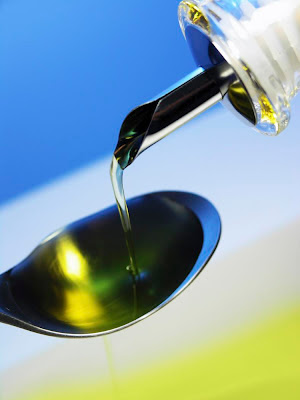For the small kitchen:
- 2 microwave safe mixing bowls: 1 large and 1 small
- 9"x9' baking dish
- 2 sharp knives: 1 paring knife and 1 larger knife for chopping, dicing, etc.
- Liquid and dry measuring cups
- Measuring spoons
- Cutting board
- 1 wooden spoon
- 1 rubber spatula
- Can opener
- Bottle opener
- Small hand grater or electric chopper
- Aluminum foil
- Plastic wrap
- Resealable plastic bags
- Sponge
- Colander
- Paper towels
- Pot holder
- All small kitchen items, plus:
- 10" non-stick fry pan
- 2 or 3 quart saucepan
- Vegetable steamer
- Toaster
- Dishes, glasses, silverware












